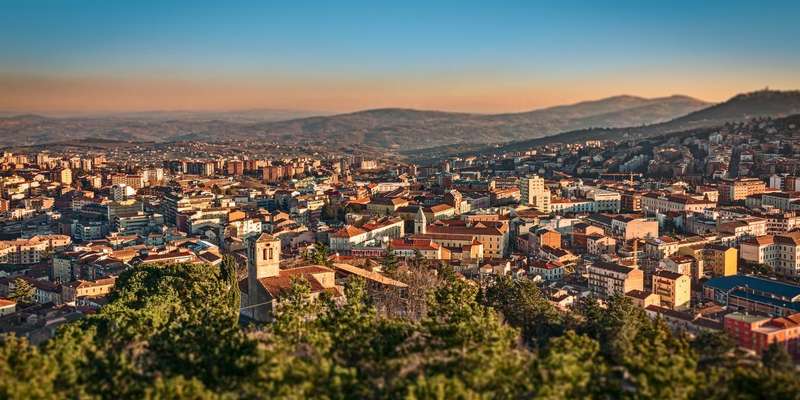- Home
- Useful Tips
- Exploring Molise from Campobasso
Molise, Italy's best-kept secret, remains overlooked by most travelers, leaving many to miss its untouched beauty and authentic Italian charm. The region's obscurity means visitors often struggle to find reliable information, wasting precious vacation time on planning rather than enjoying. With fewer than 50,000 international tourists annually compared to Tuscany's millions, Molise offers crowd-free experiences but requires local knowledge to navigate effectively. The frustration of piecing together scattered travel tips online leads to missed opportunities, from medieval villages to truffle-rich forests. This guide cuts through the confusion, offering curated insights that transform your Molise adventure from overwhelming to unforgettable.


Why most travelers miss Molise's authentic villages
The region's dispersed hilltop villages present a logistical challenge, with limited public transport connections between treasures like Pietrabbondante's ancient theaters and Oratino's artisan workshops. Many day-trippers from Campobasso make the mistake of only visiting the provincial capital, unaware that just 30 minutes away lie fortified towns where time stands still. Local bus services exist but run infrequently, and timetables aren't always tourist-friendly. What most guidebooks won't tell you is that certain villages shine on specific days - Termoli's fish market buzzes on Fridays, while Agnone's legendary bell foundry offers Wednesday demonstrations. These rhythm-of-life details make the difference between seeing Molise and truly experiencing it.
Smart transportation hacks for rural exploration
Navigating Molise's countryside requires strategy. While renting a car offers flexibility, savvy travelers use Campobasso as a hub for organized tours that include hard-to-reach sites. Early morning regional trains connect to Isernia, gateway to the breathtaking Matese mountains, with return trips allowing full-day exploration. For those preferring self-guided adventures, local agencies offer affordable driver services between villages - often cheaper than taxis and including insider commentary. The key is combining transport modes: morning bus to Bojano for its waterfall walk, afternoon shared transfer to Sepino's Roman ruins. This approach maximizes coverage while minimizing transit headaches that plague unprepared visitors.
Where to stay for authentic Molise immersion
Choosing accommodation in Molise isn't about luxury chains but location intelligence. Agriturismos near Campobasso like Tenuta Collefrisio offer working farm stays with cheese-making classes, while boutique B&Bs in Vinchiaturo position you between coast and mountains. The sweet spot? Villages with population under 2,000 where you'll find family-run guesthouses charging €50/night including breakfast and priceless advice. Summer visitors should target elevated towns like Frosolone (950m altitude) for cooler nights and starry skies. These choices transform your stay from mere lodging to cultural participation, whether helping harvest olives or learning traditional pasta shapes from nonnas.
Dining secrets that bypass tourist traps
Molise's culinary scene hides in plain sight, with the region's best trattorias often lacking websites or English menus. The trick? Follow the workers - lunch spots packed with local artisans serve phenomenal value, like Campobasso's Trattoria Da Nino with its €12 truffle tajarin. Thursday mornings in Larino mean porchetta vans at the market, while coastal Termoli's evening passeggiata reveals fishermen grilling their catch dockside. For cheese lovers, scheduling visits around Caseificio Di Nucci's ricotta production days ensures fresh tastings. These food experiences cost little but deliver profound connections to Molise's pastoral traditions, far from manufactured 'food tour' itineraries.
